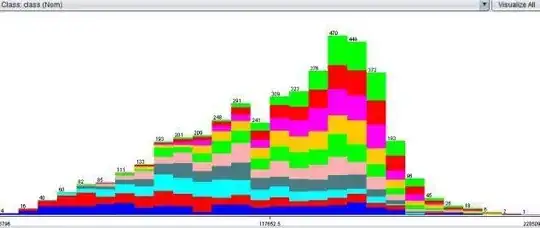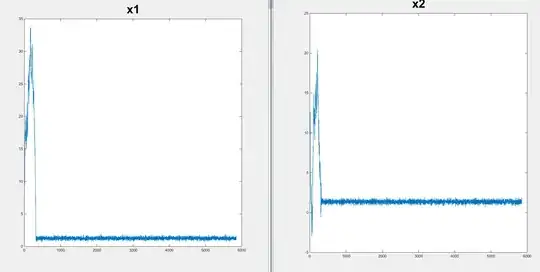I am working on a customer purchase problem. I have 150 campaigns sent by email, that I denote C0, C1 ... C149. Moreover, for each user i :
Cj= 0 if campaignjis NOT received by customeri,Cj= 1 if campaignjis received by customerinb_campaigns = the number of campaigns received by client
isucess = 0 or 1 if a customer ordered something thanks to the campaigns he received
I performed a logistic regression to explain the variable sucess with nb_campaigns, I got the following results (with statsmodels) : 
 When I perform a logistic regression to explain sucess with ALL campaigns AND
When I perform a logistic regression to explain sucess with ALL campaigns AND nb_campaigns, I got different coefficients for the intercept and for nb_campaigns and on the top of that, I got the following graph :
It seems abnormal to me that the probability decreases if the number of campaigns increases. And moreover, it is not coherent with the first graph... Is it a code mistake ? I thought maybe it is because I increased the variable nb_campaign in the loop, but in fact if this variable increases by one, then one campaign needs to increase by 1 too.
Do you know what tests are performed in the previous tab and why the coef are not the same ?
If I want to describe the effect of nb_campaign on sucess, is it a mistake to consider all other variables ? Is it better to test sucess vs nb_campaigns and sucess vs all campaigns independently ?
Thank you for your help !
William
